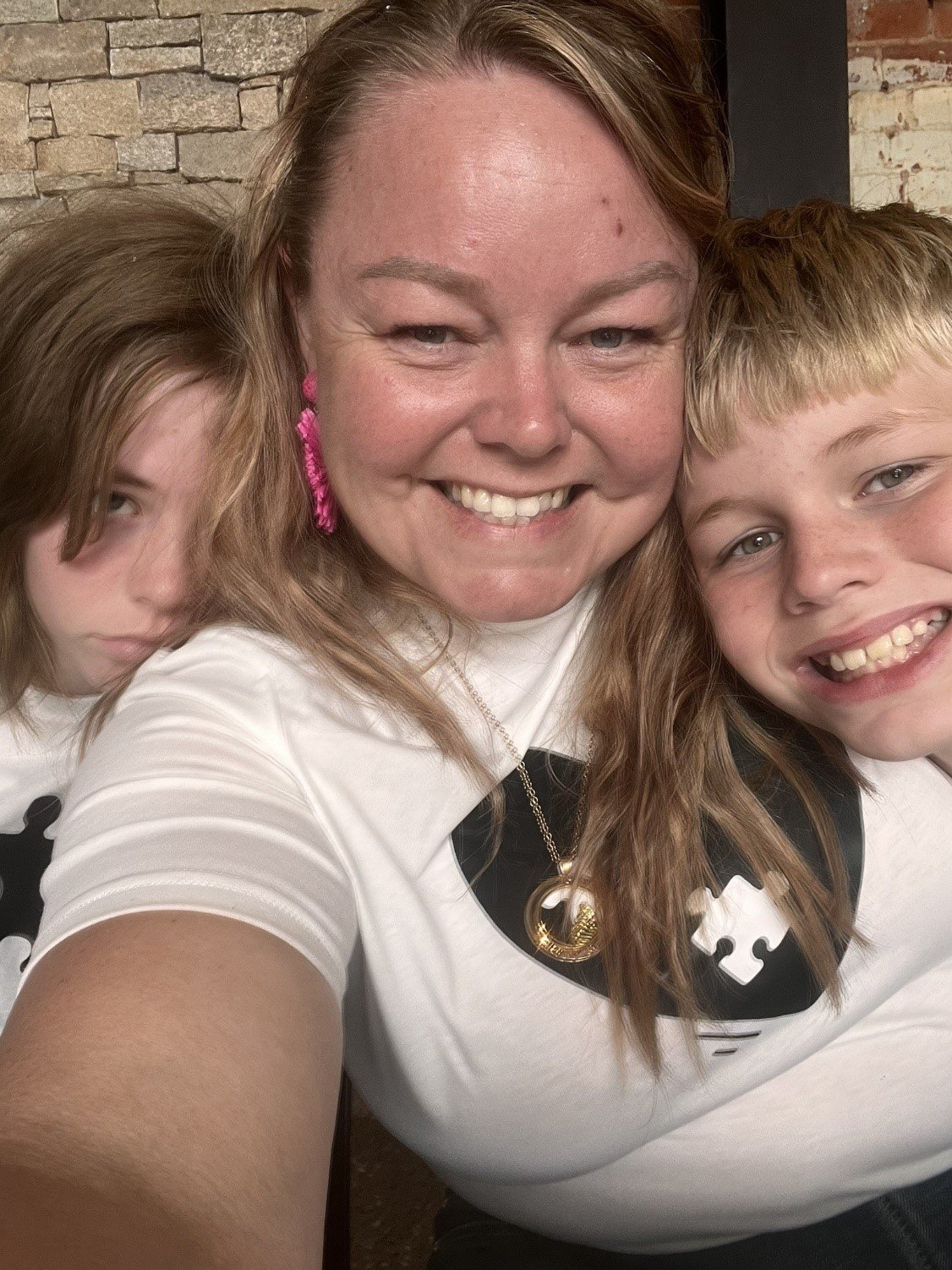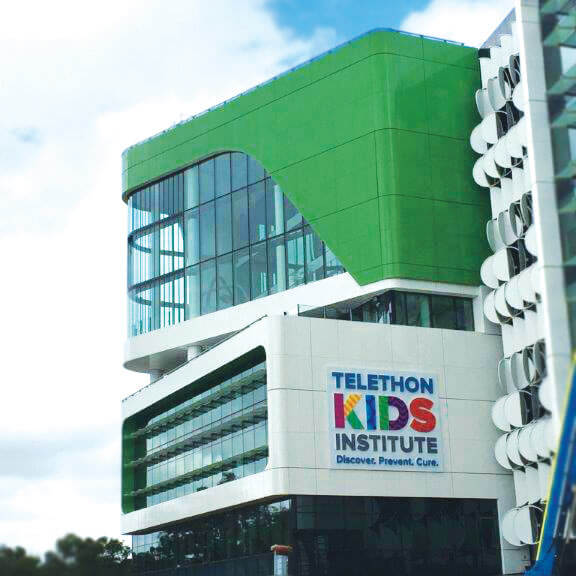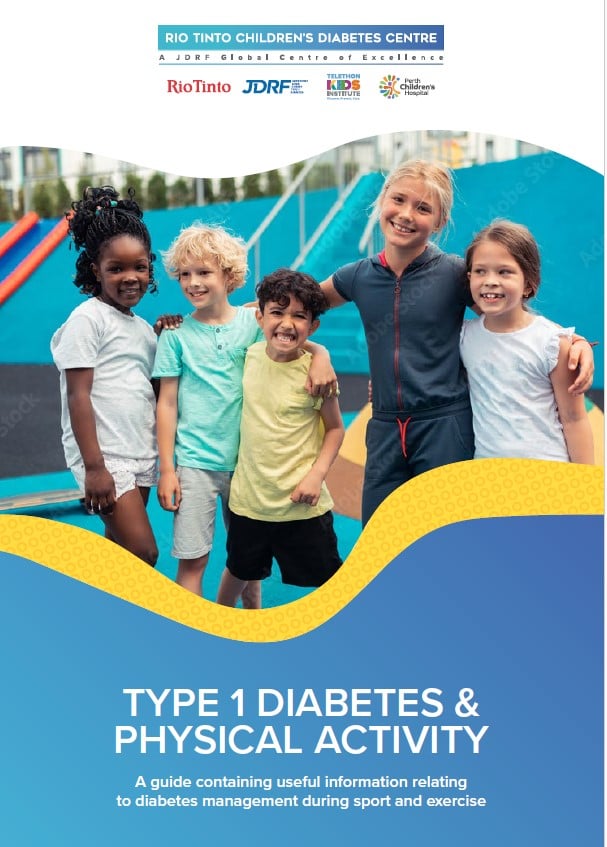Search
Research
Malaria treatment for prevention: a modelling study of the impact of routine case management on malaria prevalence and burdenTesting and treating symptomatic malaria cases is crucial for case management, but it may also prevent future illness by reducing mean infection duration. Measuring the impact of effective treatment on burden and transmission via field studies or routine surveillance systems is difficult and potentially unethical. This project uses mathematical modeling to explore how increasing treatment of symptomatic cases impacts malaria prevalence and incidence.
Research
How can modeling responsibly inform decision-making in malaria?When models are used to inform decision-making, both their strengths and limitations must be considered. Using malaria as an example, we explain how and why models are limited and offer guidance for ensuring a model is well-suited for its intended purpose.
Research
Longitudinal effects of dog ownership, dog acquisition, and dog loss on children’s movement behaviours: findings from the PLAYCE cohort studyRegular physical activity is important for children's physical and mental health, yet many children do not achieve recommended amounts of physical activity. Dog ownership has been associated with increased physical activity in children, however, there have been no longitudinal studies examining this relationship.
Research
Early childhood educator outcomes from online professional development for physical literacy: A randomised controlled trialEarly childhood is recognised as a critical window of opportunity for physical literacy development, however early childhood educators typically lack the training required to effectively provide appropriate physical literacy opportunities for children.
Research
TagDust2: A generic method to extract reads from sequencing data.Arguably the most basic step in the analysis of next generation sequencing data (NGS) involves the extraction of mappable reads from the raw reads...
Research
Global allergy forum and second davos declaration 2013 allergy: Barriers to cure - Challenges and actions to be takenThe epidemic increase in the prevalence of allergic disease, which first started in the industrialized countries in the 1960s, may have reached a peak in the...
Research
Is the broad autism phenotype in mothers of children with autism spectrum disorder exacerbated by the challenges of caring for their children?This qualitative study of parental interviews provided a preliminary examination of whether behaviours consistent with the BAP may have been exacerbated by...

News & Events
From Diagnosis to Consumer Representative – Danae’s journey to making a differenceRecognising the signs of type 1 diabetes (T1D) can be tricky. Often put down to growing pains, a virus or “something going around”, a diagnosis can take some time if children aren’t severely sick and attend an emergency department.

In anticipation of moving to our new home within the Perth Children’s Hospital, The Kids would like to thank both the State and Federal governments for fun
Research
Jelly snakes to reduce early postoperative vomiting in children after adenotonsillectomy: The randomized controlled snakes trialDespite the use of dual antiemetic agents, postoperative nausea and vomiting (PONV) occurs in an unacceptably large number of patients post-tonsillectomy. There has been increased interest in alternative and non-pharmacological treatments for PONV e.g., chewing gum. We investigated if chewing a large confectionary jelly snake had prophylactic antiemetic effects postoperatively in young children.


News & Events
Launching T1D Sports Resources (take PART)First-of-its-kind T1D sports resources have been designed to help coaches better understand the chronic condition and to encourage youth living with T1D to stay physically active.

News & Events
Oscar Hogan - How my brother living with T1D influenced my careerWe spoke to Oscar and asked him to share his story about the challenges he faces when trying to support his brother, joining the Centre as a student and what T1D research means to him, his brother and his family.

News & Events
Researcher Spotlight K-Lynn SmithK-Lynn Smith is a Research Fellow at the Australian Institute of Health Innovation and Partnership Centre for Health Systems Sustainability at Macquarie University NSW.
